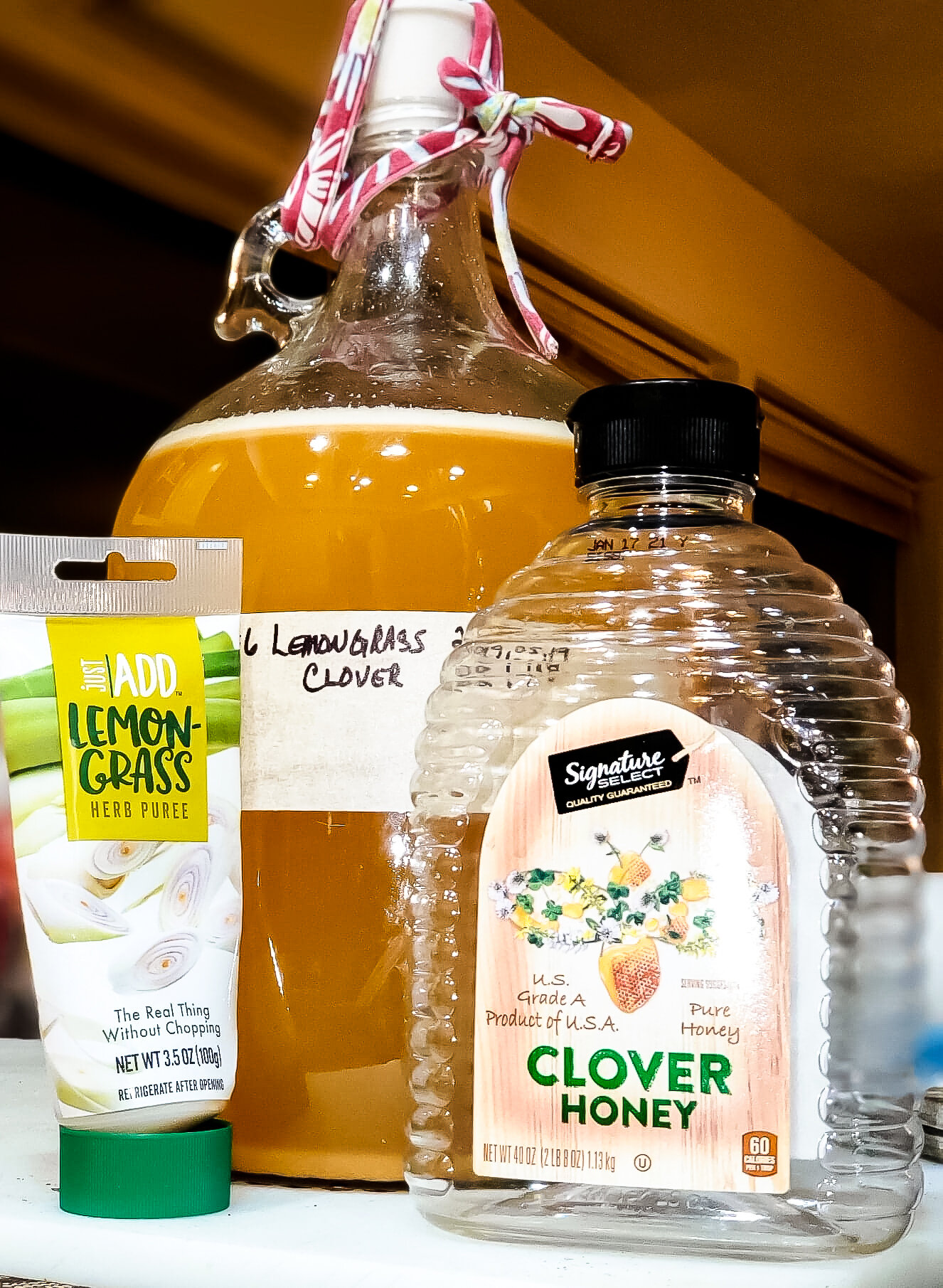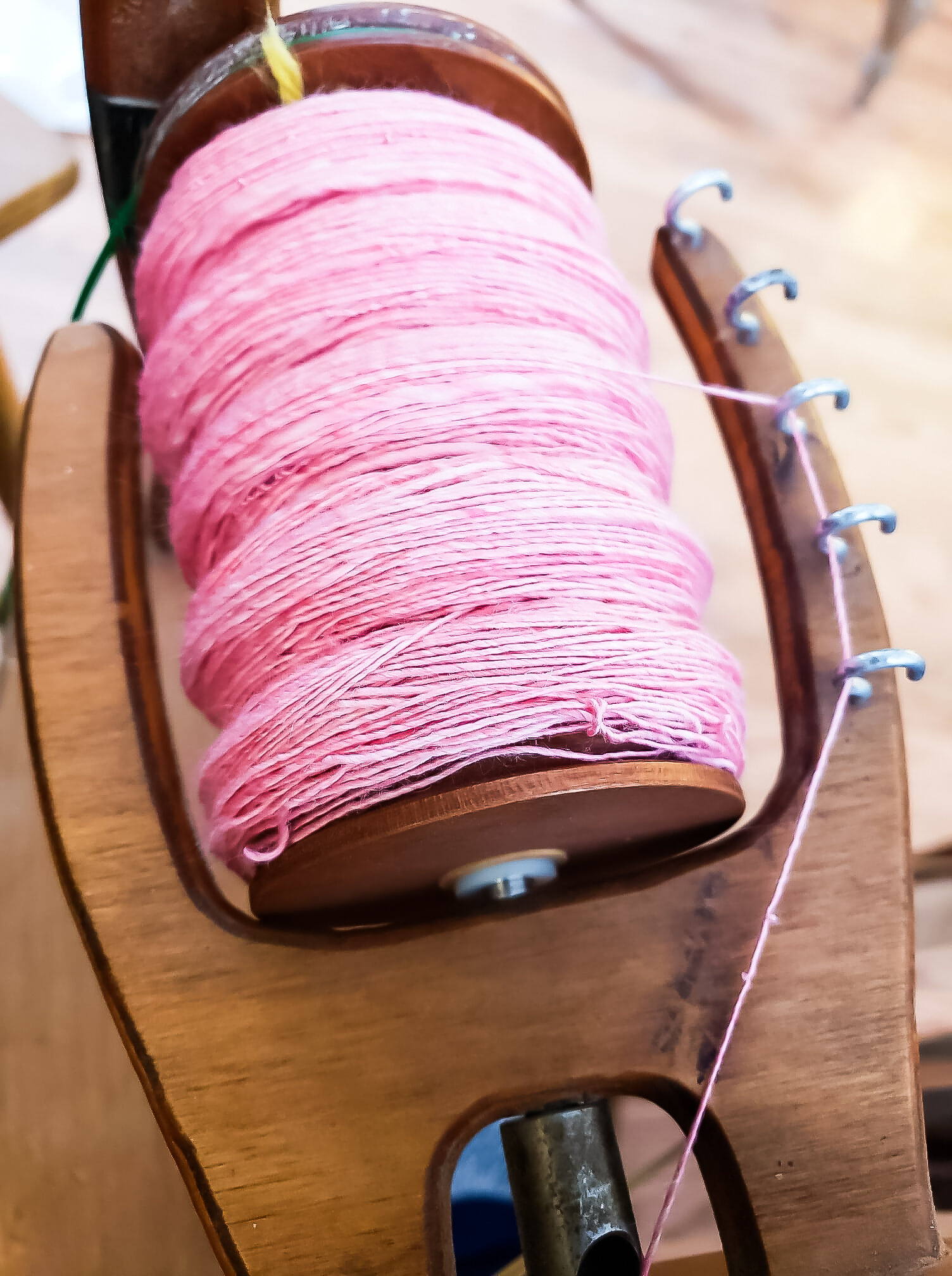J'Anette Scott
A dynamic woman with diverse creative interests, she is a wife, mother of five, grandmother of 6, and a practicing nurse. J’Anette homeschooled her children, while she and her family built their own log home together in the mountains of North Eastern Washington. She is the stuff that pioneer woman are made of. You won’t find J’Anette sitting still, or being intimidated by a challenge. She is a hard worker and a prolific, eclectic, hobbyist.
I recently had a chance to talk with J’Anette on the phone and asked her a few questions:
What do you do for work?
I work as a registered nurse at night, at a small critical access hospital, on the med-surg / acute care floor.
What do you do to for hobbies?
My hobbies change; currently I spin and dye wool, then knit socks, hats and scarves mostly. I have a commission for a sweater now, which is kind of scary. “Big jobs I don’t do quite so well," she says as she laughs pleasantly. In the past, I used to crochet, and embroider. Recently I picked up the kalimba to learn (a thumb piano). I already play dulcimer and recorder. I am also in the process of making mead , honey wine (pictured below). And I am working on my family’s genealogy. I’ve been working on our genealogy since I was sixteen.
My hobbies are basically to keep me sane. I do a wide variety of hobbies because I get bored. I do whatever is driving my passion at the moment. Except genealogy, that I keep working on, I work on it for my grandkids. I am currently writing it into stories, because they won’t want to read old dead stuff, but they will want to read the stories. I have always said, everybody has a story.
What is your creative outlet?
My main outlet would be fiber arts. That’s the one I have been doing for the longest amount of time, other than genealogy. A lot of times, my outlet is whatever my passion is at the moment. Right now, I am juggling Christmas. Christmas always gets me going, because now I have six grandkids to knit for. I have my grandkids color coded (for their favorite colors), I have a whole rainbow of grandkids now. Knitting is portable, so I can always take it with me, and it is a way for me to relax from work.
What fuels your desire to create?
I do think of the end product, but really, I knit and create not so much for that, but just to knit, to keep my hands busy, when I am watching TV and so on. If I have downtime, I have to do something with my hands. "You know that part in the Bible where it says be still and know that I am God? I have the hardest time with the “be still” part," she good humoredly declares.
What is your favorite medium (or top 3)?
Angora wool/rabbit angora, it is the easiest to spin up. I would like to try dog wool, dog wool is supposed to be as warm, if not warmer than cashmere. In WWII, it was called Chiengora, French for dog wool, and was used to knit socks. Mostly I use Merino, which is next to the skin soft. The one thing that I don’t like, that seems exotic, is spinning silk. It cuts into my hands, snags, I don’t like it.
How did you get started?
I learned to crochet and embroider in junior high or high school. I stuck with the crochet. At that point I couldn’t figure out knitting to save the world. Then when I got married and started having babies, I was making lots of baby layettes with yarn. After that, I was given a bag of really rough raw sheep’s wool, and I made my own drop spindle out of hunk of 2”x4”. I cut it into a round shape and then stuck a knitting needle in it, and used that. I figured out how to make it work. I tried to use that to make my own spinning wheel, and got a sort of experienced with spinning wheels. It was before the internet, so I’d go to the library and check books out to figure out how to do it. Then something came over me, I was an agency nurse, and I was assigned to a hospital on the other side of the state. Something made me stop at a consignment store, and there was this spinning wheel. I didn’t know a thing about it. But there was a little girl standing there and she was like “there’s a fairy princes spinney thing!” So I thought, "I've got to get it.” I paid $300 dollars for it and took it with me. I brought it home, and my very first yarn was chunky and thick and I still have it. Since then I have done it so much that I have gotten pretty good at it! I am working on some right now. Once I figured out how to make the yarn, then I had to learn to knit, because I had to do something with all of it. I liked the fabric of knitting better than crochet, and taught myself by first learning how to knit socks, it took me one whole day to figure it out. One May day, I got sunburned, I sat outside and worked on it as the kids played.
What is your process/what do you do with your finished product?
Process: After I spin the wool, I pull the yarn off the spinning wheel, I pull it off onto the swift so it is a big long hank or a Niddy Noddy is another thing I use. The Niddy Noddy will make a one or two yard hank. Then I wash it in really hot water with soap and agitate it. Basically I am doing what you are always told not to do with wool, don’t be afraid to felt it, it’s not that delicate, that’s my advice. So, I wash it, agitate it, and then shock it with cold water, to get the rest of the soap out. Then I take the yarn outside, and I beat it against the house. What I am doing is fulling, basically it is a form of felting, to preshrink it. Making it fluffy and prettier. The grandkids love to help me with that part, sometimes when it is a project for them, they get to take the wool outside and beat the house with it.
Finished product: I don’t currently sell my products. I have, would like to, and sometimes do commission work. But mostly I make items for my grandkids, and my big kids when I have the time.
What kind of creative space do you have?
I have a room but I don’t use it. I have my actual space, where I work, at and around the couch. I kind of have three places now, downstairs is my carder, but I spin upstairs by the couch, then I have my room for extra wool. My actual working space is in the living room, ‘cause I don’t like to be alone.
“My two spinning wheels. The largest is the Princess type, called a Saxony style. The smaller one is a modern style called The Hitchhiker. As the name implies, I can spin while riding in the car.”
J’Anette’s Tips:
For a good student spinning wheel, go to Paradise Fibers online. That is my favorite store. You can get a good student starter drop spindle for $20, to start with before moving on to a spinning wheel.
I also recommended a magazine called “Spin Off.”
Watch YouTube videos
You can make a drop spindle using CDs, a pencil and rubber bands, I’ve done that.
The right equipment makes a big difference. For example, it took me a long time to get to the point where I felt like I needed to have a ball winder. I make a lot of yarn balls. I use the ball winder when I am pulling the yarn off the spinning wheel. I also invested in a swift, the thing that you put your yarn on that looks kind of like an umbrella frame. It wasn't a necessity but it is easier to wash the yarn, and work with it when you have the right equipment. There are a lot of pieces of equipment you don’t need right away, or you can build. But if you keep with it, you reach a point where your skill level improves to the point that you need to increase your tools to continue to increase the quality of your product.
A FEW OF J’ANETTE’S PIECES APPEAR BELOW
All photos provided by J’Anette Scott & Jennifer Erickson

























